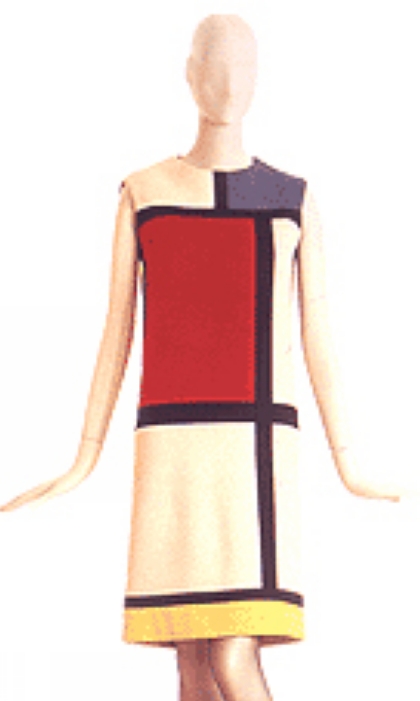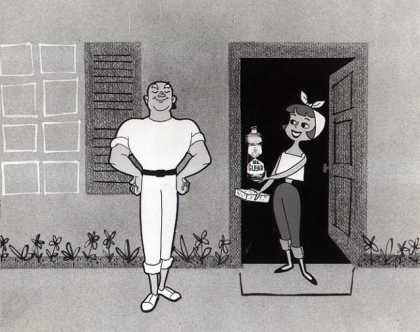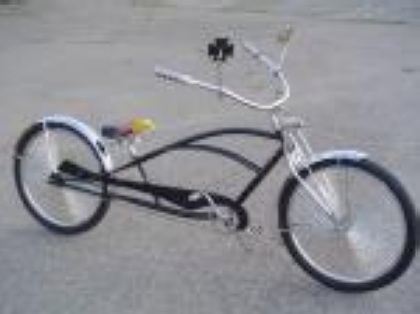Attention all brand owners: please rise from your seat and walk over to the production department. Switch off all electricity and crawl into a dungeon with your design and marketing team. Lock the doors. Hide the keys. You need to buckle down. The world of brands is evolving fast, lead by the biggest brands around. Are you following close behind? Or do you feel safer surrounded by the average hangers-on?
Vintage branding. What does it mean?
‘Vintage’ is really just a fancy term for ‘second hand’. There are two kinds of vintage branding. One is current brands going back in time. The other is older brands making a comeback.

Old is new and new is ‘out’
Let’s start with the example of Puma. This popular sports brand has a knack for digging up old collections and reviving ancient designs. This is a trend that once ruled the textile and design world. Fashion freaks have been known to travel to the most remote thrift shops, jumble sales or bankruptcy sales to find vintage items. No destination is too far if you can return with a pair of Maradonna’s old Puma designs. A pair of Nike Air Jordans from the basketball legend’s prime years on the court are as stylish as they are valuable.
The world’s most revered fashion brands have cashed in on this trend many times. Whether it’s Yves Saint Laurent selling vintage limited edition 1966 tuxedoes and dresses, Hermés shifting their 1960 archive or Chanel selling their 1950’s designs, the more vintage you get the higher the prices go. All of these pieces need to be pristine, though (not a stain on them). When repairs are needed, you can still call it ‘customised vintage’.
There are cheaper ways to dress ‘vintage’. Just go scavenging on a jumble sale by yourself. Every little market has ‘vintage’ pieces waiting to be discovered. Belgium and Holland are still littered with treasure troves full of original designs: the Waterloo-square in Amsterdam, the Kloosterstraat in Antwerp, the Marollen in Brussels … Just make sure they are ‘very eighties’ or ‘very forties’, if that’s your thing. Every item of clothing has a story behind it. It’s this story the modern-day consumer is interested in when it comes to brands. A new brand should come equipped with a past and its own values in order to instantly create reliability and confidence.

Custo-what?
So now you’re up to speed on what ‘vintage’ is all about: rediscovering fashion and designs from the past. Let’s move on to ‘customising’. What does that mean? It means you adapt an existing design and give it a new twist. Denim mogul Levi’s ‘customised’ one of the existing designs with a separate pocket perfectly sized for your iPod. Skate and snowboard brands have been mastering the ‘customising’ skill for years. Mobile phones are also prone to customisations.
Older brands are seizing their opportunity to step into the spotlight once again. Sponsoring an event is a popular choice to resurrect your brand. Or you can adjust your brand to pander to contemporary hypes and fads. An older brand like ‘Penguin Munsingwear’ sponsors a ‘pretty people’ ratings monster on US TV and the rest of the country immediately seems convinced.

No ordinary oldies
And it’s not just fashion that’s fallen in love with vintage. The design world is infatuated, too. We’ve seen the ‘Schwinn beach bikes’ make a comeback in the 1990’s, after being banned from the street since the late sixties. The older models were made available again and a new range of ‘low-riders’ was developed to bolster its success. Even pocket watches had a brief comeback at one point in time.

Modern times, dressed in an old overcoat
At the end of a century, 100 years of varied styles are blended together in an eclectic mix. Shoes from the 80’s, pants with a 40’s cut, a 90’s lumberjack shirt: it’s all thrown together to create the “millennium look”. Whether this ‘rerun style’ will also be popular at the end of the 21st century remains to be seen. A lot can happen in a hundred years’ time. Technology, society, the environment, fashion trends: they all have an effect on these things. But let’s not try to look that far ahead. Let’s look back at what was once new and use it to re-think and revive your brand for the now.





